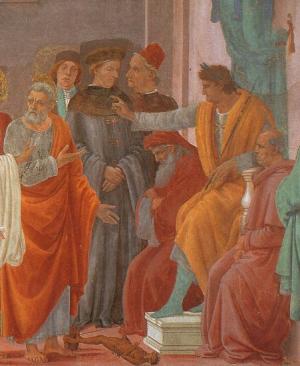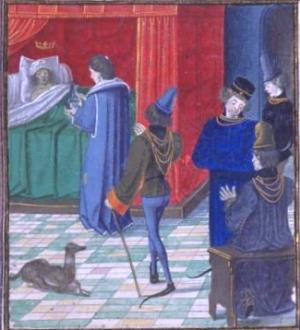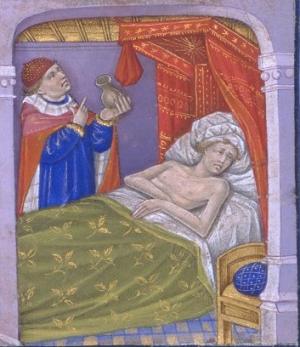


|
SERVICES | PAYMENT | COURSES | BOOKS | CONTACT | SEARCH |

|

|
| Christopher Warnock, Esq. |
| HOME |

|

|
|
 The significators never vary,
Jupiter always signifies judges; significators and their interrelationships
are not dependent on house rulership. Still, the simpler and less accurate
method of natural rulership is often used along side the primary method.
Hour rulers are also used in analogous ways and their use as natural planetary
rulers is particularly prevalent in electional astrology. Thus we would elect
a day and an hour ruled by a planet that also naturally rules or will assist us
in the activity that we wish to undertake.
The significators never vary,
Jupiter always signifies judges; significators and their interrelationships
are not dependent on house rulership. Still, the simpler and less accurate
method of natural rulership is often used along side the primary method.
Hour rulers are also used in analogous ways and their use as natural planetary
rulers is particularly prevalent in electional astrology. Thus we would elect
a day and an hour ruled by a planet that also naturally rules or will assist us
in the activity that we wish to undertake.

|
That Physician that first visits his Patient in the houre of Saturn, his patient will either be long sick, or long curing, and suffers much torment in his cure; nor shall be cured, untill both Physician and Patient despaired. He that first enters upon a cure in the hour of Mars, shall find his patient disaffected to him, and partly disdaine or reject his Medicines, his pains ill rewarded, and his person slighted. He that first visits his Patient in the hour of Jupiter or Venus, shall have good words of the sick, be well esteemed and paid for his paines. Though he faile of the cure he shall receive no prejudice thereby; I meane, in point of estimation.William Lilly, Christian Astrology, p. 282.
